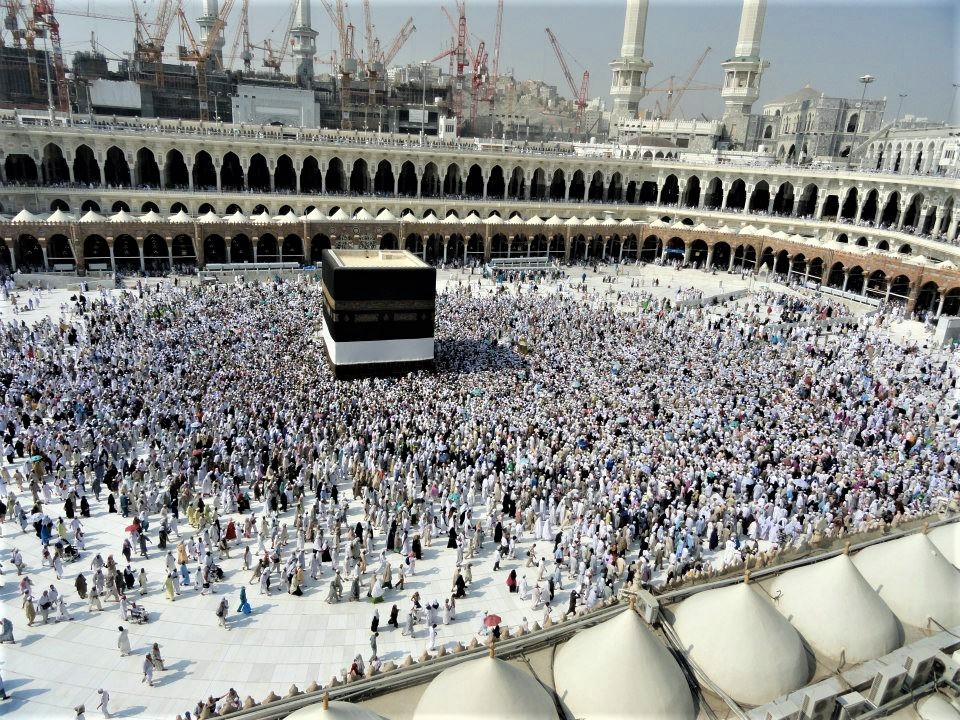The 66-year-old was supposed to travel in July to Saudi Arabia along with his wife and had even paid an advance of ₹75,000 for it. And then, the pandemic happened.
Saudi Arabia, home to the twin holy sites at Mecca and Medina, quickly closed its gates to India and other nations, allowing only a small number of pilgrims (from within and nearby states) to make the pilgrimage last year.
Abdurahiman, understandably, is devastated as it is mandatory for every able-bodied Muslim with enough money to perform the Hajj at least once in his lifetime. And as things stand in 2021, Abdurahiman may have missed his chance forever.
This is because the Indian government has now changed its rules and accepts applications only from those between 18 and 65. The trip is expensive and the government’s quota is the cheapest way to reach the holy land.Not everyone who applies makes it to the government list either. “I had been applying since 2014,” said Abdurahiman.
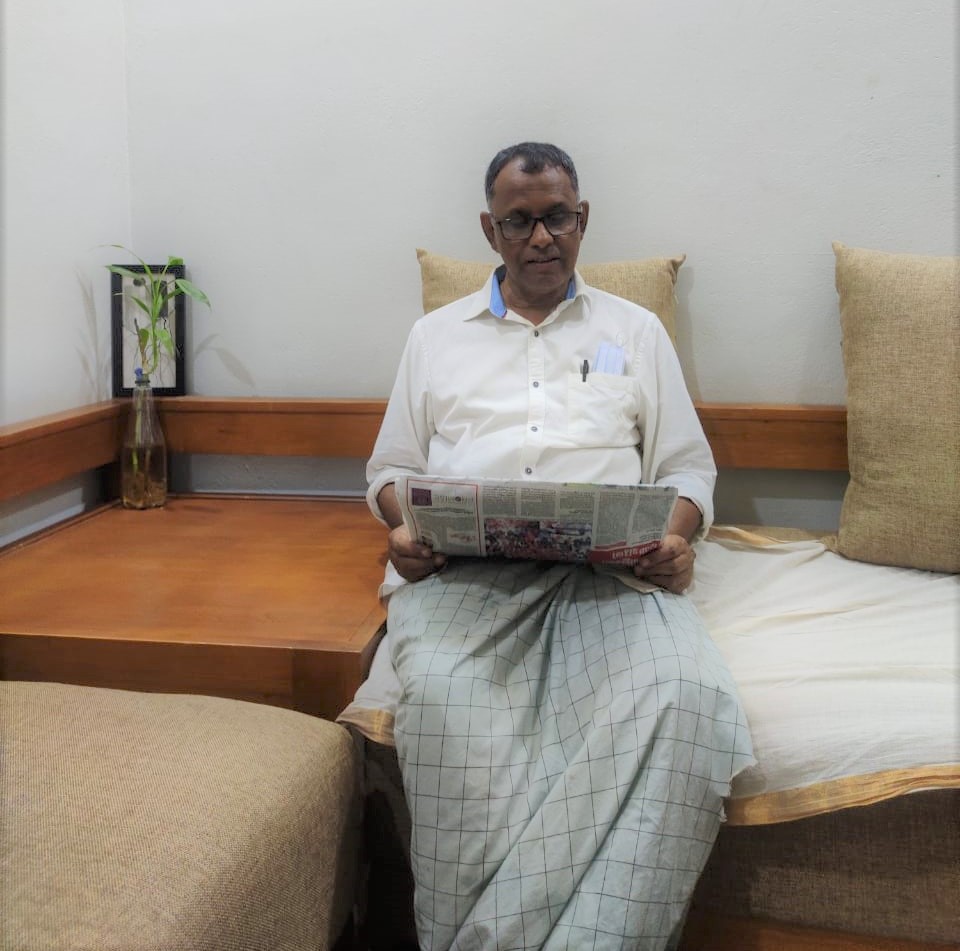
The pandemic has changed worship. It has also crushed the global religious tourism industry, which runs into several billions. The complex and thriving ecosystem of travel agencies, pilgrims, religious leaders, hotels and airlines has been the economic casualty. The Hajj pilgrimage industry in India is an estimated ₹1,900 crores market.
According to the General Authority of Statistics of the Kingdom of Saudi Arabia, 24 lakh people performed the Hajj in 2019.
In Kochi, numerous travel agencies mushroomed to cater to the growing demand of pilgrims but phone calls to most now go unanswered. Many have shed half their staff and the remaining only come in irregularly.
“There may be only 50,000 seats this time. Private sector may get only 1,500 of this,” said Anwar Sadat, a regional manager at a Kerala-based travel agency, Alhind Tours, which claims to send 1,500 pilgrims, the most by any agency from India every year.
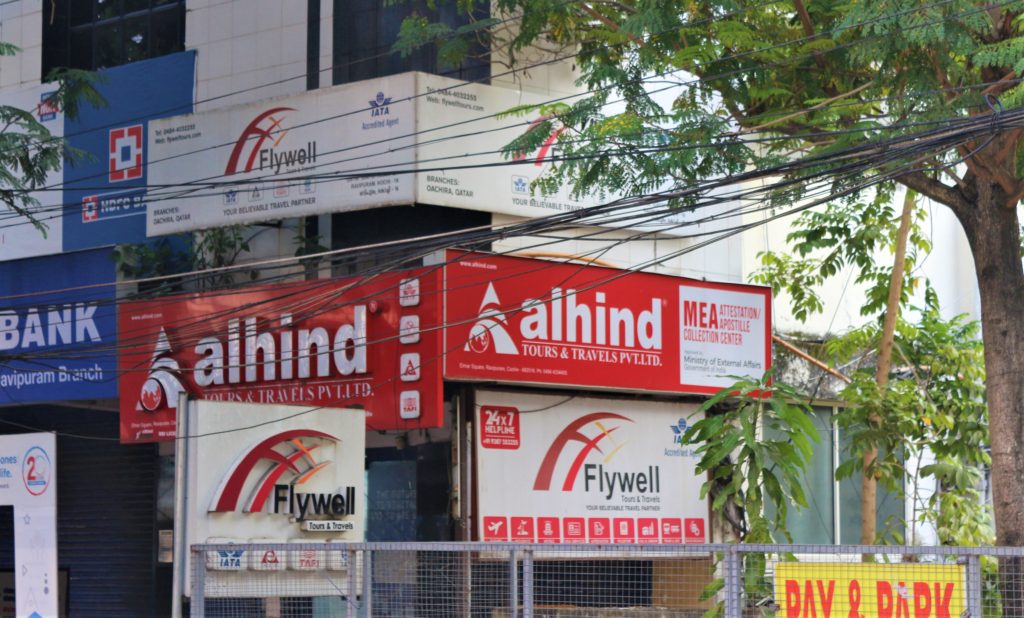
Expensive journey
Hajj is expensive and many people save up all they can to make it happen. “Private agencies charge you double the amount. In the government scheme, with ₹3.5 lakh, you can make a comfortable journey,” said O U Muhammed Kunhi, a Kasaragod resident who made the pilgrimage in 2019.
A package at Sadat’s Alhind was about ₹4.5 lakh till 2019. At some agencies based in Dubai and Mumbai, the rates were as high as ₹8 lakh.
Sadat’s agency almost exclusively caters to Keralites- the pilgrims who spend the most days in Saudi for Hajj.
“Hajj is a physically taxing event. People do not wait till 60s and 70s but are travelling for hajj in their 50s itself now,” said Fathahuddin Al Hasani, a religious preacher who also owns a travel agency. Hasani has performed the Hajj 21 times. He used to conduct 12 Umra tours annually until last year.
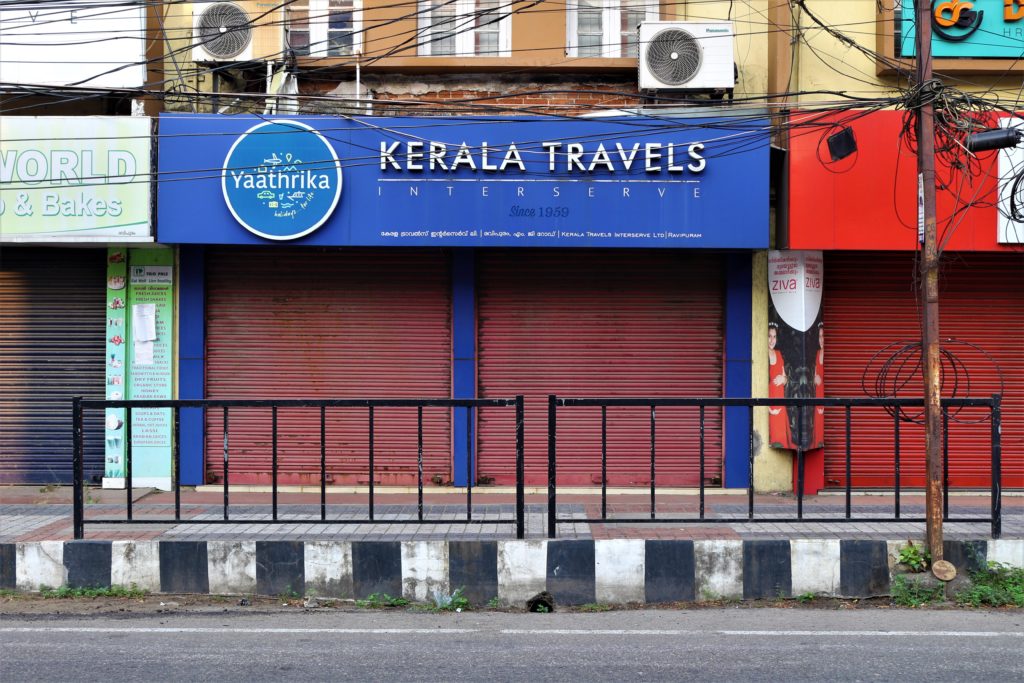
While the Hajj can only be performed on five or six days of the holy Muslim month of Dhu Al Hijjah, Umra takes just a few hours and can be performed any time during the year, making it a favourite among those who want to avoid the crowds.
Umra, costing just around ₹50,000, attracts a bigger crowd and more women than Hajj. It is a giant business for the travel industry and for the Kingdom of Saudi Arabia.
“Umra traffic used to be low but recently it is picking up very well,” said a senior officer at the airline Emirates, who did not want to be identified as he was not authorised to speak to media.
In 2019, 74 lakh people from around the world performed Umra, three times more than Hajj.
“A lot of people do Umra and then they go back to do Hajj. Umra is a taster,” said Hasani. Muhammed Kunhi agrees. He had done the Umra five years ago before managing to do the Hajj in 2019.
Though there is no Hajj business, the travel agencies are still busy. They are coordinating tickets for nurses going abroad and organising tours to north India and the Maldives.
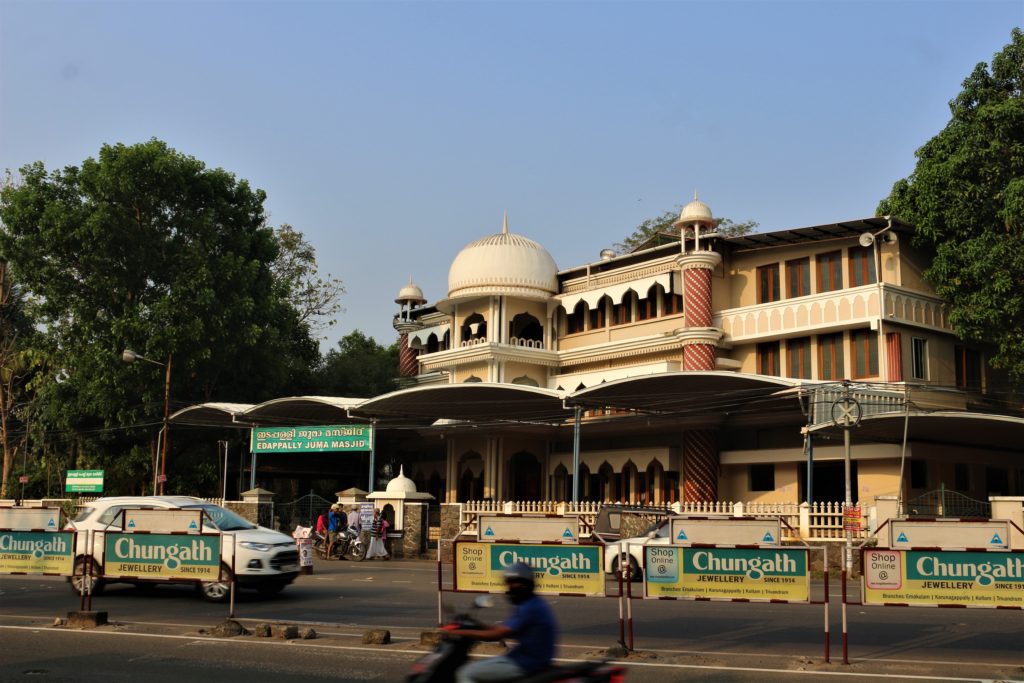
Omens
According to the HCI, this year the cost of hajj in the government sector will be between ₹3.7 lakh to ₹5.25 lakh. In the private sector, the amount could be double this.
“Hajj was a major money-spinner for Alhind. It feels that time is over,” said Sadat, adding that they have not taken one single booking this year. Air traffic, 10-15% of the total in the peak season, will also be lost.
This year the ministry of Hajj and Umrah in Saudi has stipulated more closely controlled itineraries for religious travellers. This is expected, said Kunhi, adding instead of the six people, who were there in each room during his trip, there might be just two now.
For people like Abdurahiman, it’s not just the cost that puts them off the private operators. “Private tour operators don’t let you explore on your own. I wanted to use public transport and explore freely. The government system was better for that,” he said, hoping that rules will change and he will be selected for the government Hajj quota. Once again.

